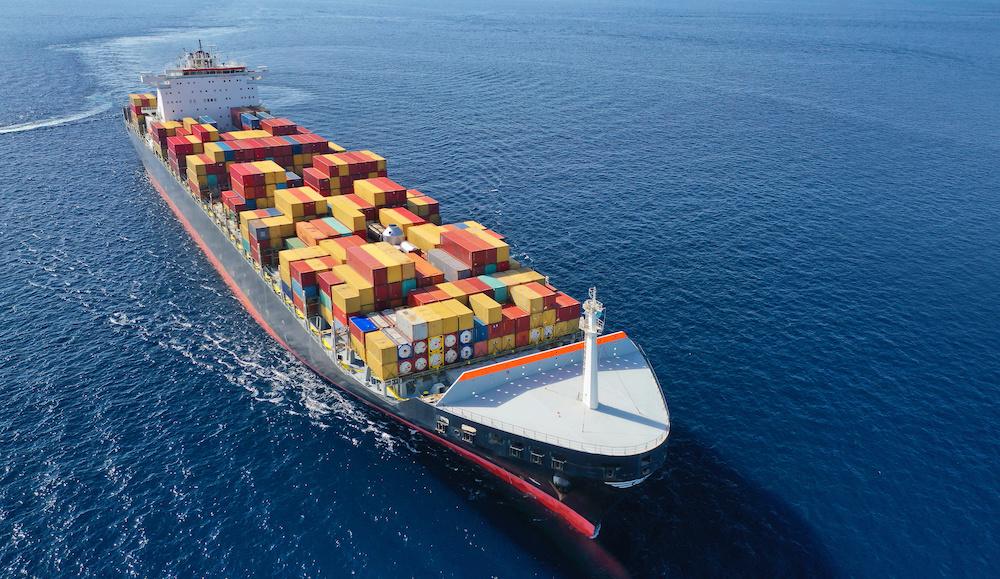
Navigating the Vast Waters of Sea Shipment in the Middle East: A Trade Route of Opportunities
With its rich history and strategic geographical location, the Middle East has long been a hub for international trade. From spices and silk to oil and electronics, the region’s contribution to global commerce is undeniable. However, one of the most crucial aspects that keeps the wheels of trade turning smoothly in the Middle East is efficient sea shipment. In this blog article, we will explore the significant role that sea shipments play in the trading landscape of the Middle East, highlighting its importance and the opportunities it offers for businesses.
- The Middle East: A Key Trading Region:
The Middle East, characterized by its extensive coastline and access to important waterways such as the Red Sea and the Persian Gulf, serves as a significant trading region connecting diverse markets. Due to its strategic location, countries in the Middle East act as crucial trade gateways bridging various continents, including Asia, Africa, Europe, and even the Americas. The efficient organization of sea shipments in this region stimulates intercontinental trade and opens doors for businesses to explore new markets.
- Unleashing the Potential of Sea Shipment:
- a) Infrastructure Development: To cope with the increasing demand for trade, countries in the Middle East have invested heavily in developing world-class port infrastructures. Notable examples include the Jebel Ali Port in Dubai, United Arab Emirates, and the Port of Jeddah in Saudi Arabia. These state-of-the-art facilities offer advanced storage, handling, and customs services, making them ideal platforms for efficient sea shipments.
- b) Cross-border Trade: With a variety of free trade zones and economic corridors established in the Middle East, sea shipments are streamlined to facilitate cross-border trade. Companies can leverage these strategic zones to move goods seamlessly between multiple countries, eliminating unnecessary bureaucracy and reducing transportation costs.
- c) Economic Diversification: While oil has traditionally dominated the economy of many Middle Eastern countries, the region is now actively diversifying its economic base. As the demand for non-oil goods increases, sea shipments provide a reliable and cost-effective means of importing and exporting products, contributing to the overall economic growth in the Middle East.
- Challenges and Emerging Trends:
- a) Political Instability: As with any region, the Middle East has its fair share of political instability, which can disrupt sea shipments. However, many Middle Eastern countries have taken proactive measures to enhance the security and stability of their trade routes, ensuring the continuity of business operations.
- b) Green Shipping: Global concerns over environmental sustainability are reshaping the shipping industry. In response, some Middle Eastern countries are pioneering green shipping initiatives, such as the use of cleaner fuels, implementing stricter emission regulations, and investing in more eco-friendly port facilities.
Sea shipment plays a pivotal role in the dynamic trading landscape of the Middle East. The region’s strategic location, coupled with well-developed port infrastructures, offers businesses an optimal environment for international trade. As Middle Eastern countries continue to expand their economic horizons and promote trade diversification, sea shipments will continue to be the lifeblood of this thriving region, unlocking a world of opportunities for businesses engaged in the global marketplace.
So, whether you are an importer, exporter, or trading enthusiast, the Middle East with its sea shipment routes and trading potential is an arena well worth exploring. Safeguarded by ever-evolving infrastructures, political stability, and a commitment to sustainability, the Middle Eastern sea trade continues to forge ahead, connecting nations, cultures, and businesses alike.

0 comments